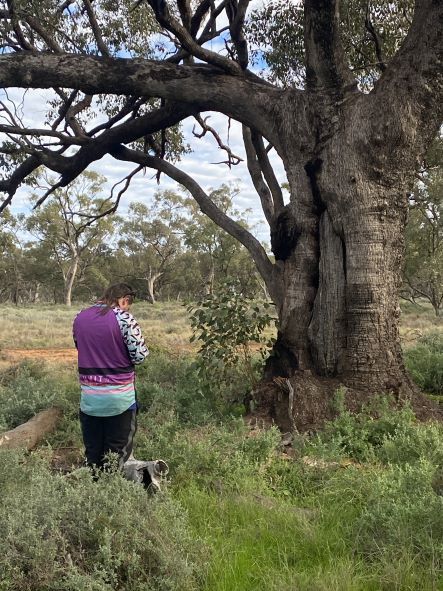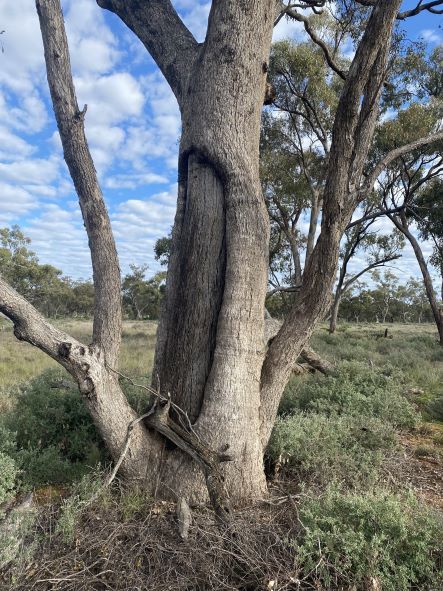Euabalong groups combine weeds and cultural heritage
Lucy Kirk
17 August 2022, 3:08 AM
 Weed control in the Euabalong area is revealing hidden treasures.
Weed control in the Euabalong area is revealing hidden treasures.Aboriginal stakeholders, landholders and Western Local Land Services will be working together once again to protect Aboriginal cultural heritage values in the Euabalong area as an essential part of the ongoing Western Weed Management Program.
The program is coordinated by the Western Local Land Services to primarily remove invasive weed species such as African boxthorn, mesquite and cactus. As part of the program and prior to any on-ground works commencing, participating landholders and Western Local Land Services work with local Aboriginal stakeholders to undertake assessments for Aboriginal cultural heritage and record all known sites and to uncover more.
“Ensuring we do not harm any Aboriginal cultural heritage values and are actually protecting heritage is an extremely important part of this program,” Senior Land Services Officer, Andrea Cashmere said.
"We have recorded many previously unrecorded Aboriginal heritage sites. This information is entered into a state data base known as Aboriginal Heritage Information Management System (AHIMS)."
“While this is fundamentally a weed control program, the protection of Aboriginal cultural heritage values is part of good land management practice. Participating landholders gain a better understanding of Aboriginal heritage on their properties and why it’s important to protect it," she said.

Recording a scar tree near Euabalong.
Through the 2021-22 Western Weed Management Program, 28 landholders were contracted to carry out control works to improve and sustain the condition of close to 25,000 hectares of natural resources through the control of invasive African boxthorn, mesquite and cactus.
"Depending on what method of control was used, some paddocks are now clear of Boxthorn," said Ms Cashmere.
With African Boxthorn out competing the native understory and altering the structure of the vegetation community, as well as being a haven for pest animals such as foxes and rabbits, the control works were carried out in targeted areas to help protect Plains-wanderer habitat and Coolibah Black-Box Threatened Ecological Communities.
Ms Cashmere said that landholders were also surprised by the amount and variety of heritage sites on their properties and found that most people involved enjoyed learning about Aboriginal culture.
"We had really good engagement with landholders and the Aboriginal Community," she said.
"We identified 70 scar trees at Euabalong reserve which is dominated by Coolibah Black Box vegetation community. This vegetation type occurs in wetter areas close to rivers and creeks, areas which are high in resources so therefore you can expect to find high levels of Aboriginal heritage."

One of the scar trees identified through the program at Euabalong.
The Western Local Land Services have just launched the 2022-23 program, and are encouraging interested landholders to participate.
"There is a great opportunity for landholders and Aboriginal people to work together to share knowledge of country and protect the rich heritage of NSW," said Ms Cashmere.




